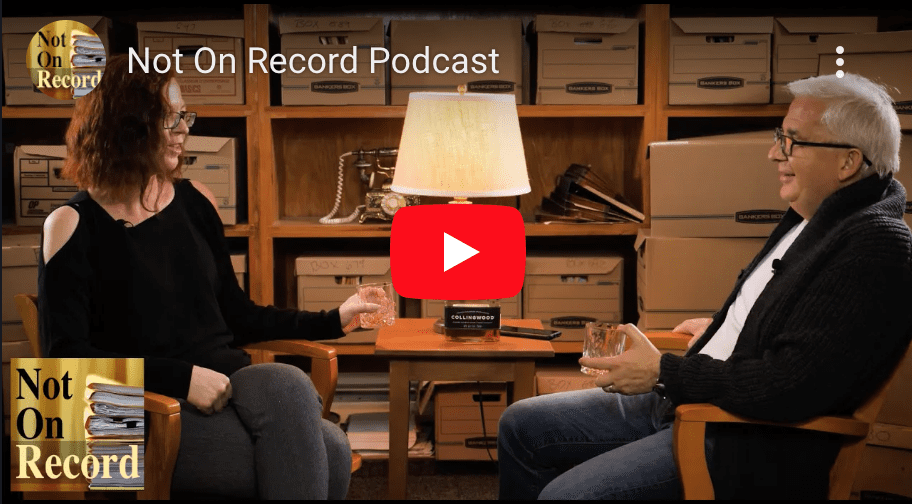In a recent decision, the Ontario Court of Appeal visited the issue of police investigation powers at a private driveway. In R. v. Lotozky the respondent had been investigated and arrested by two police officers in his driveway. Their interest had been generated by a radio call that an impaired driver had been attempting to use the drive-through window of a local restaurant. The police matched the licence plate to an address and watched as the driver approached that address oddly. The driver parked in the driveway, at which time he was approached by the two police officers, investigated for impaired driving, and arrested. At trial Lotozky was acquitted of the charge due to a Charter infringement, i.e., the police had breached his s.8 charter rights by investigating the driver in his driveway. This was upheld in Superior Court.
The Ontario Court of Appeal differed in their analysis of this fact scenario and overturned the acquittal. Merely asking questions of a driver and examining the interior of the vehicle is not a search. More importantly, such police activity on a driveway is within the doctrine of implied license. Such common law rights exist, writes Rosenberg J.A., because “A driveway is not a dwelling house; it is a place where people drive and park their vehicles. It is an open area that is visible to the public. The scope of the implied invitation must be analyzed in that context .”
Although policy reasons weigh heavily in this decision (to rule otherwise would create an incentive for impaired drivers to view their driveway as a safe haven), the key here is the ruling that police investigation which merely amounts to tapping on the window, and peering inside with a flashlight, does not amount to a search. This takes yet more from the limited privacy rights which protect occupants of motor vehicles. This part of the ruling is generally consistent with dicta from R. v. Mellenthin , where the Supreme Court of Canada found that the visual inspection of the interior of a motor vehicle at a motor vehicle check stop was permissible. In Mellinthin, however, the rationale in Mellenthin was officer safety. So Lotozky extends the bounds of permissible vehicle inspection from Mellinthin. Of course, if such conduct did amount to a search, then the police would be conducting a perimeter search of a residence, and require prior judicial authorization. This decision will be welcomed by prosecutors who wish to restrict the application of search and seizure doctrine in the traffic stop context.





